Mâcon is a picturesque city located in the eastern part of France, in the Bourgogne-Franche-Comte region. It is the capital of the Saône-et-Loire department and is situated along the banks of the Saône River. Mâcon's history dates back to Roman times, and its strategic position along the river made it an important trading hub during the Middle Ages. Today, it is known for its rich history, beautiful architecture, and connection to the Burgundy wine region.
The city's architecture reflects its long history, with a mix of medieval, Renaissance, and classical styles. One of the most notable landmarks is the (former) Saint-Vincent Cathedral, a striking example of neoclassical architecture.
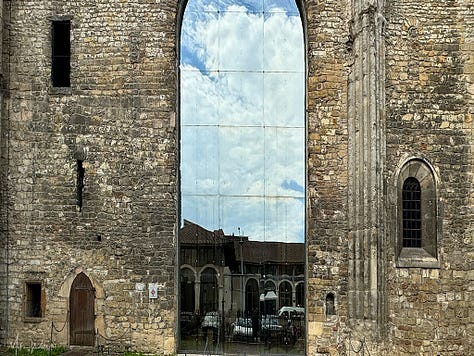
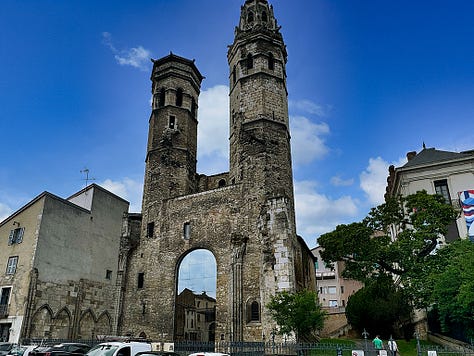
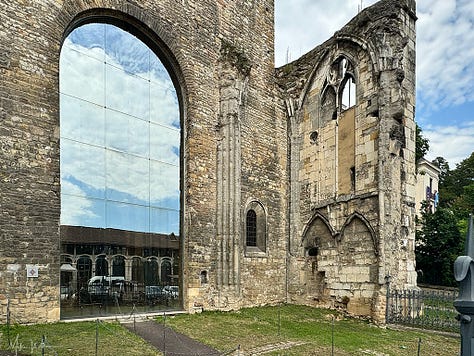
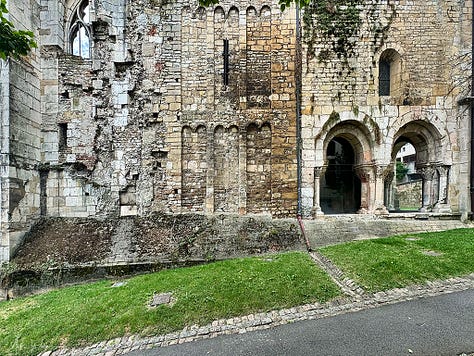
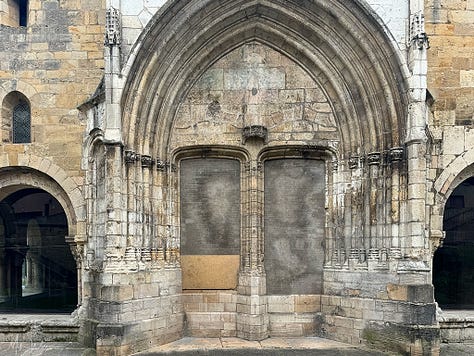
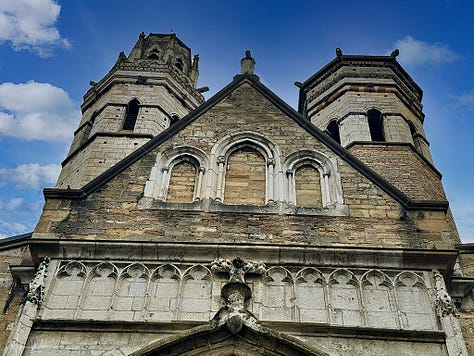
Another significant building is the Maison de Bois, one of the oldest houses in Mâcon, dating back to the 15th century, distinguished by its intricate wooden carvings.
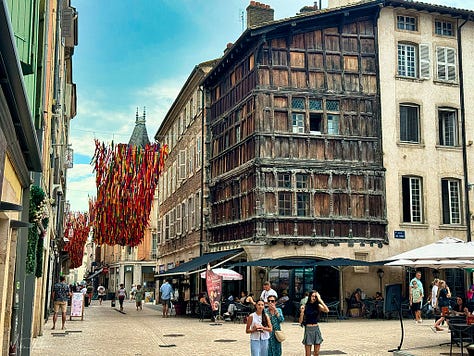
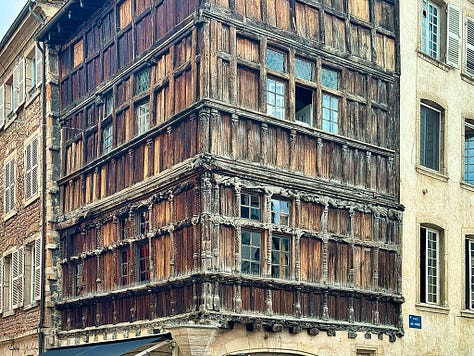
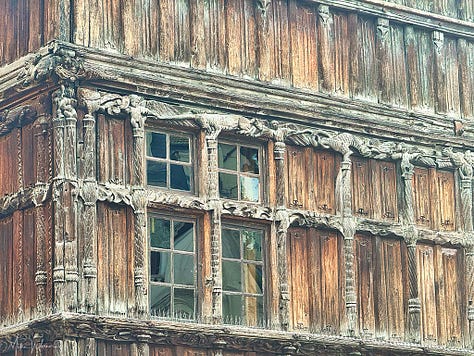
The Eglise Saint-Pierre de Mâcon is a prominent Roman Catholic church located in the heart of Mâcon. This remarkable edifice is notable for its impressive blend of architectural styles, primarily neo-Romanesque with some neo-Gothic influences.
Click here to read more about this church. You can subscribe to our free newsletter to receive updates in your inbox.
City Hall
The City Hall of Mâcon (Hotel de Ville) is a civic building located in the heart of Mâcon. This grand structure is not only the administrative center of the city but also a significant architectural and historical landmark.
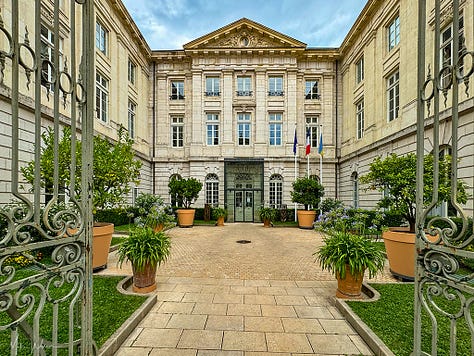
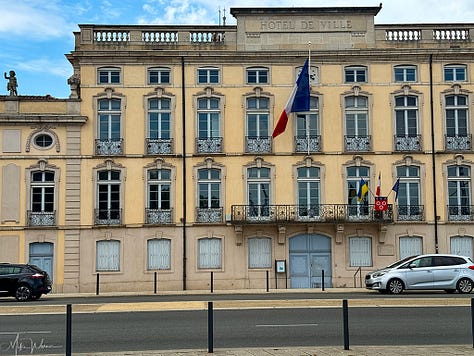
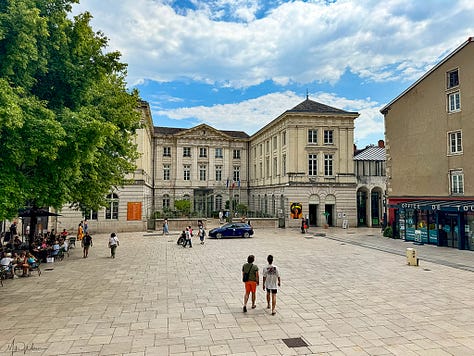
The building's origins date back to the 18th century. It was constructed between 1776 and 1793, a period that coincided with significant changes in France, including the French Revolution. The design of the Hotel de Ville is attributed to the architect Louis-Alexandre de Cessart, who was known for his work on various public buildings and infrastructure projects across France.
The building features a symmetrical façade, characterized by clean lines, classical columns, and a pediment adorned with the city's coat of arms. The use of stone in the construction gives the building a solid and imposing appearance, befitting its role as the center of municipal authority.
Chambre de Commerce
The Chambre de Commerce (CCI Côte-d’Or ⋅ Saône-et-Loire) building is a notable structure that reflects the architectural and historical significance of the region. It is housed in a building that is emblematic of the city's architectural heritage. The building is located in the city center, which is characterized by its charming streets and historical buildings.
Architecturally, the Chambre de Commerce building in Mâcon is a fine example of 19th-century French civic architecture. It features a classical façade with ornate details that reflect the prosperity and importance of the institution during that period. The building's design includes elements such as grand windows, a stately entrance, and decorative stonework, which are typical of civic buildings from that era in France.



Mâcon is closely associated with the wine industry, particularly with the production of Mâconnais wines, which are highly regarded within the broader Burgundy wine region. The surrounding countryside is dotted with vineyards, and the city serves as a gateway for wine enthusiasts exploring the area's famous white wines, primarily made from the Chardonnay grape.
Hotel d'Europe et d'Angleterre
The Hôtel d'Europe et d'Angleterre is a historic establishment that has played a significant role in the city's hospitality and cultural life. Situated along the banks of the Saône River, this hotel has been a landmark in Mâcon for over a century, known for its elegance, charm, and association with famous personalities (including Queen Victoria).
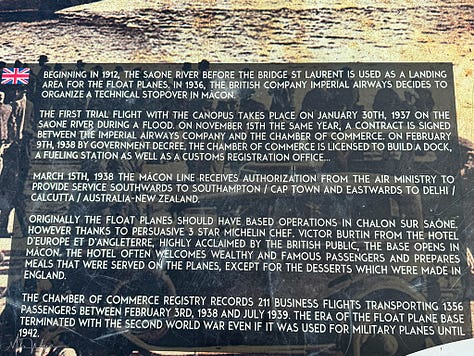
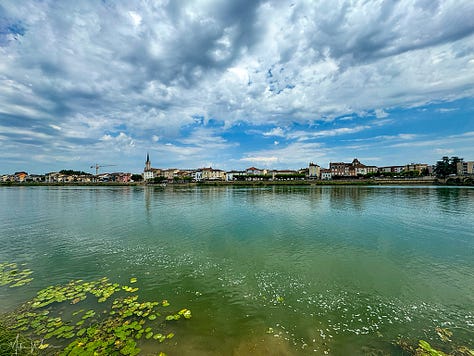
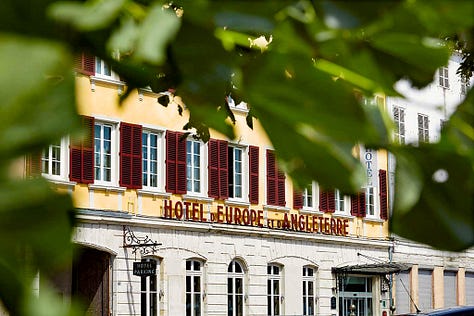
The foundations of the hotel date back to 1267. Originally the Saint-Jacques hospital, it provided meals and lodging to pilgrims on the route to Santiago de Compostela. In the 17th century, it was used for Jesuit teaching, and later it was occupied by the Visitandines of Sainte-Marie. During the Revolution, the building became a prison, then a food storage warehouse, before being destroyed.
The hotel's most illustrious period began in 1926 when Victor Burtin, a highly regarded chef took over the establishment. Under his management, the Hôtel d'Europe et d'Angleterre became a gastronomic destination of national and international renown.
In 1933, Victor Burtin earned three Michelin stars. This achievement marked the start of a golden era for the hotel, where it was celebrated not just as a place to stay but as a destination in its own right.
During this period, the Hôtel d'Europe et d'Angleterre also became a favored stopover for hydroplanes that landed on the Saône River. These aircraft were en route to India or South Africa, and the hotel provided a luxurious rest point for passengers and crew. Many notable figures of the time, including politicians, artists, and celebrities, frequented the hotel, adding to its allure. It includes names such as Aga Khan, Winston Churchill, John D. Rockefeller, artists like Salvador Dalí, performers like Josephine Baker, and figures from the world of cinema and music, including Catherine Deneuve, Brigitte Bardot, and the Frères Jacques.
Overall, Mâcon is a city that combines historical charm with cultural vibrancy, set against the backdrop of one of France's most famous wine-producing regions. Its scenic location, coupled with a deep connection to history and tradition, makes it a unique and appealing destination for visitors.





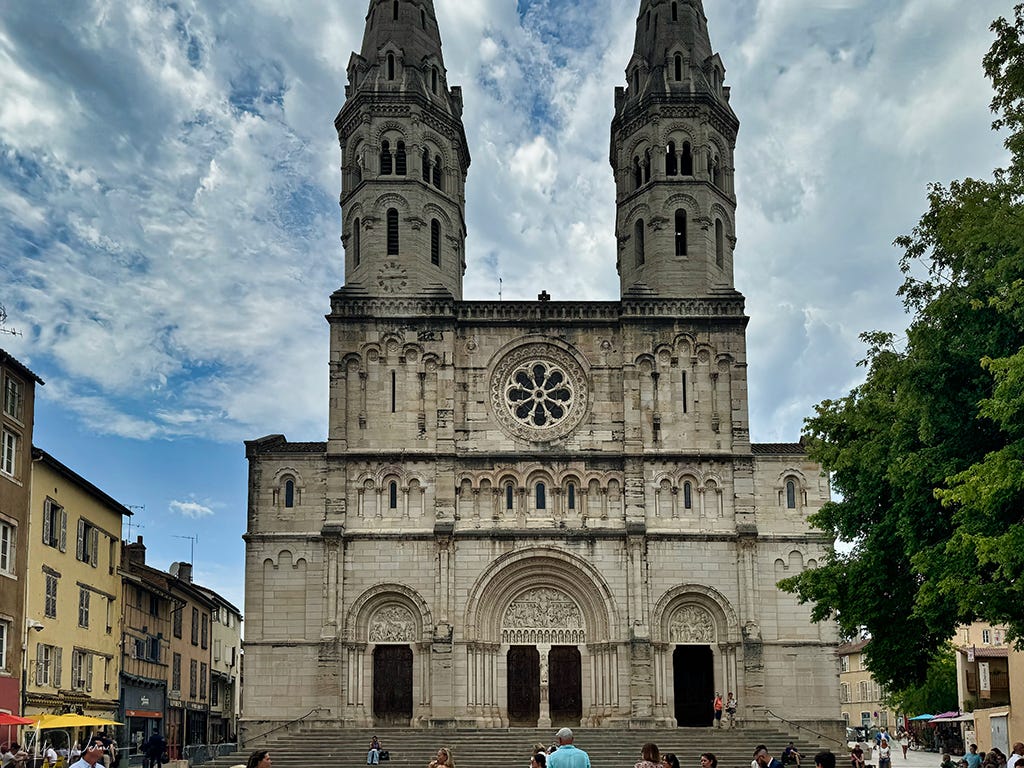

It looks beautiful. Macon would be a perfect destination for me, and it's not as far as I thought -- about a 4 and a half hour drive. I hate the freeway going up past Lyon, however.